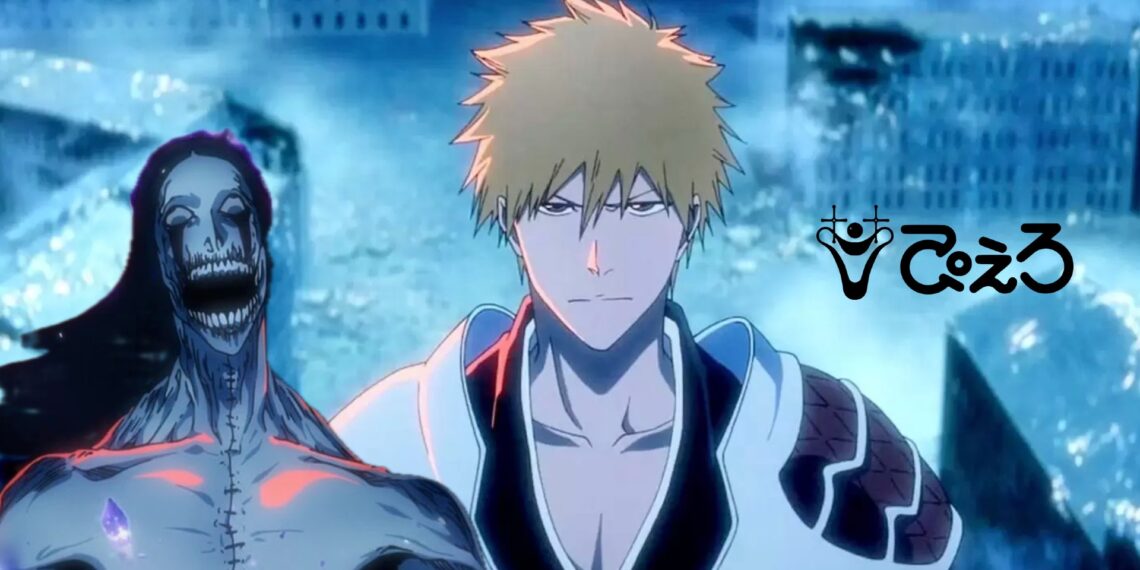A vocal minority of Bleach fans, unhappy with the animation quality in episode 22 of the Bleach: Thousand Year Blood War anime adaptation, harassed and sent death threats to members of the animation staff at Studio Pierrot via social media.
While fans are entitled to critique an adaptation, taking it to the extreme of personal attacks and threats is never acceptable.
Several other fans spoke up, pointing out that such toxicity could lead the overworked animators, who are doing their best with limited resources, to walk away from the project entirely – which would be detrimental to everyone.
Content creators and fans alike would do well to consider how their words affect others. There are constructive ways to provide feedback that doesn’t involve verbal abuse.
Going forward, Bleach fans should reflect on how to support the franchise healthily and those bringing it to life each week.
Bleach Animation Studio Faces Death Threat Because Of These Characters
A group of dissatisfied Bleach fans took to harassing and threatening the hardworking animators bringing the Thousand Year Blood War arc to life.
The intense personal attacks left many on the animation team disheartened, as they have been striving to deliver the highest quality product possible for fans given the constraints they face.

One animator, Sakai, bravely spoke out on social media platform X, tweeting words of wisdom in his native Japanese – “While criticism is understandable, threats of physical harm go too far. Key animation staff may become so fed up they walk away, which ultimately hurts the fans and quality of the anime.”
He brings up an excellent point – such toxicity serves no one’s interests. Content creators are human beings pouring passion into these shows. If fans drive them away, everyone loses out. There are proper channels for commentary rather than resorting to verbal abuse.
Hopefully, Sakai’s message causes agitators to reflect on the real damage their actions could cause if the dedicated people animating Bleach end their involvement. It is a reminder that words carry weight, so thinking before overreacting is the healthier mindset.
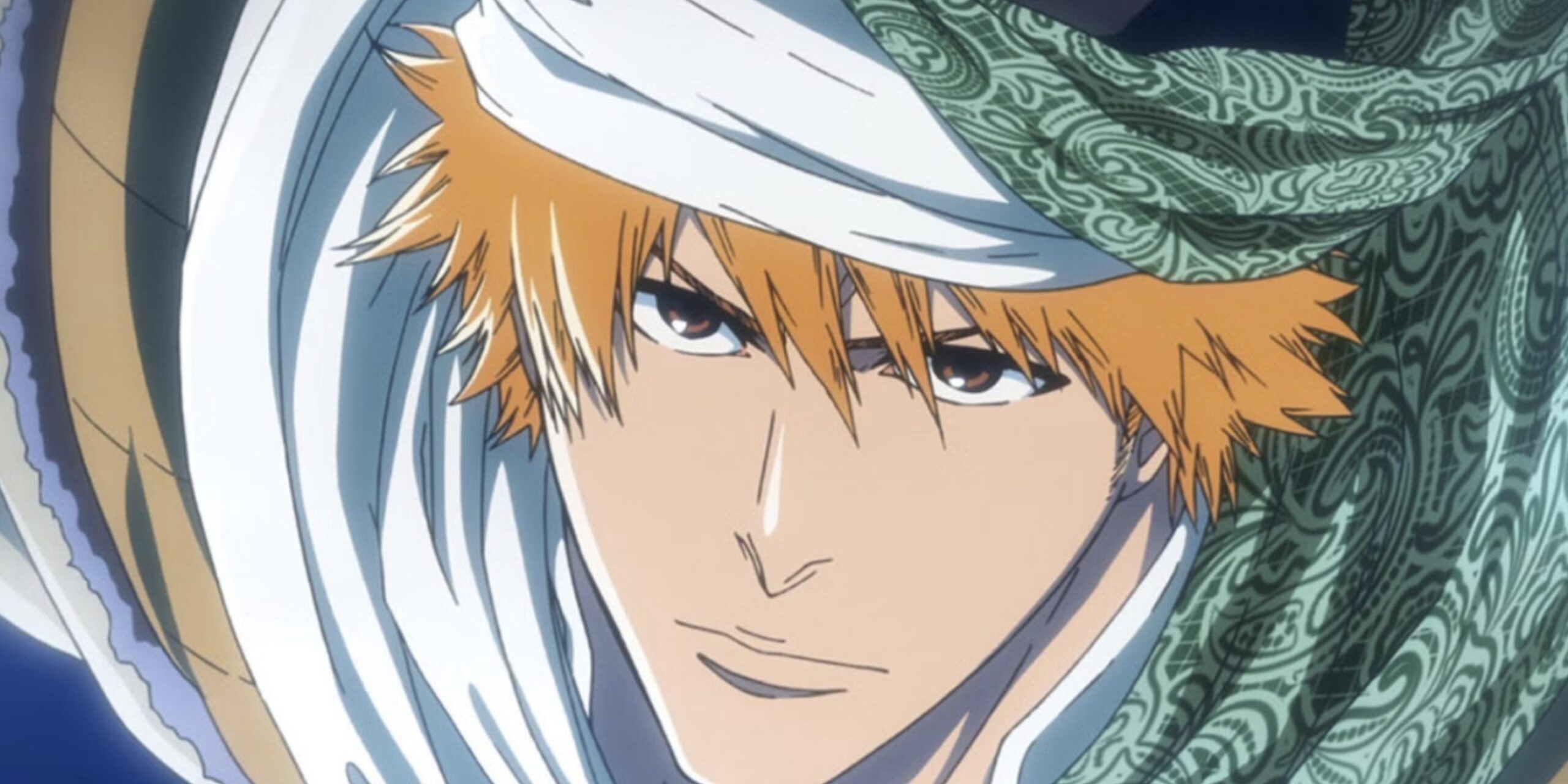
After a lead animator politely asked fans to stop directing complaints at the Bleach creative team’s personal accounts, some, unfortunately, took their frustration to social media platform X instead.
There, they bombarded members of Studio Pierrot’s animation staff with harassment and disturbing death threats.
It’s deeply disheartening to see the very people who made this long-awaited Thousand Year Blood War arc possible face such mistreatment from fans.
These talented, devoted animators poured their hearts and souls into faithfully bringing the story’s intense action sequences to life each week.
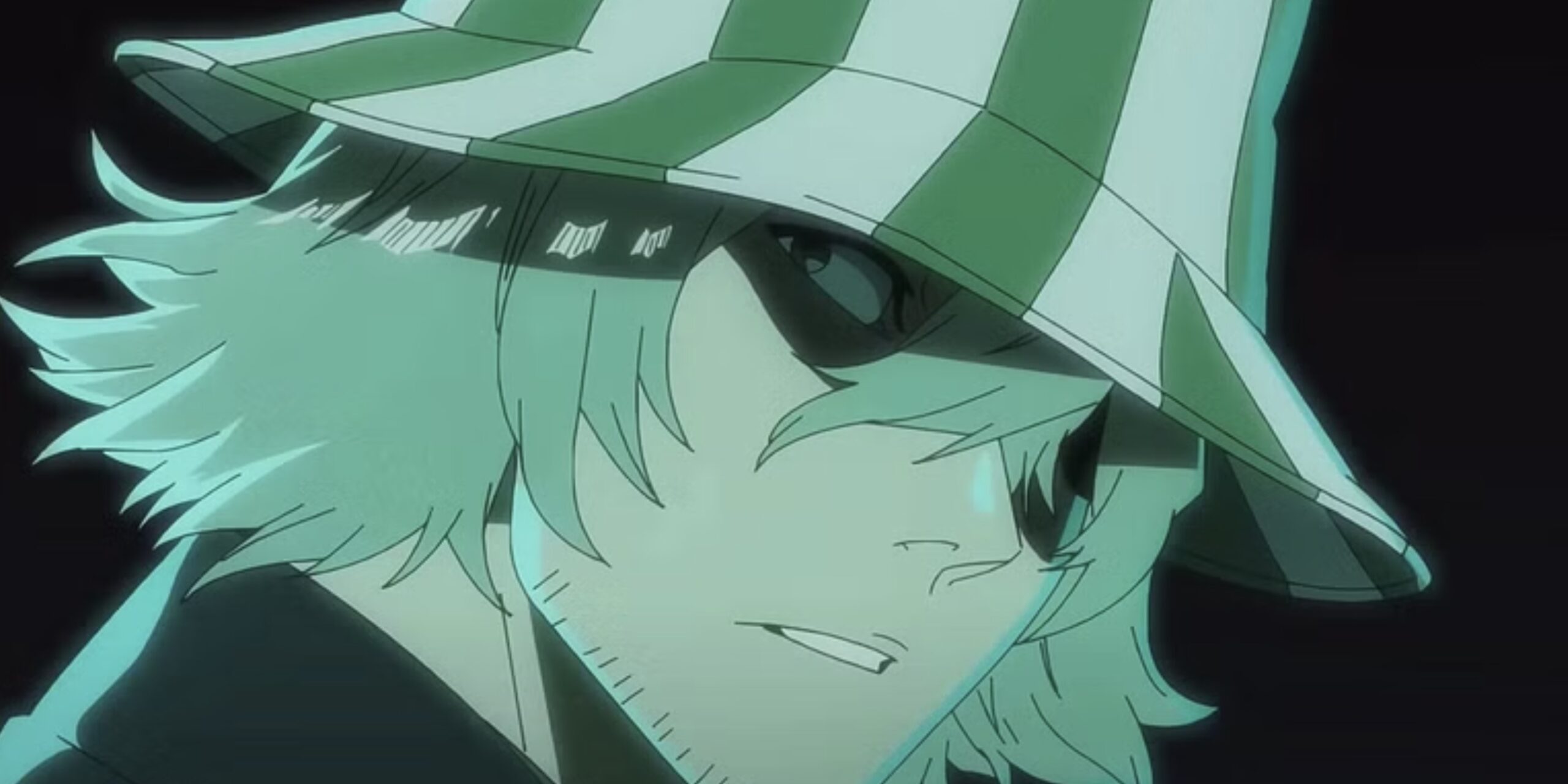
And this is the thanks they receive? It’s an unfortunate reality that anime creators often work in difficult conditions for little pay because they care about the art form.
The least fans could do is show basic respect rather than attack the hardworking teams who lose sleep animating beloved characters.
Hopefully, the Bleach fanbase recognizes the incredible debt they owe Studio Pierrot’s passionate artists. Without their skills sacrificing their time and mental well-being, the War arc would never have made the jump from manga panels to fluid animation in the first place.
What Was The Actual Reason Behind Bleach Animation Studio Facing Death Threat
Disgruntled fans lashed out over the absence of a highly anticipated Yoruichi and Orihime scene in Bleach: Thousand Year Blood War episode 22.
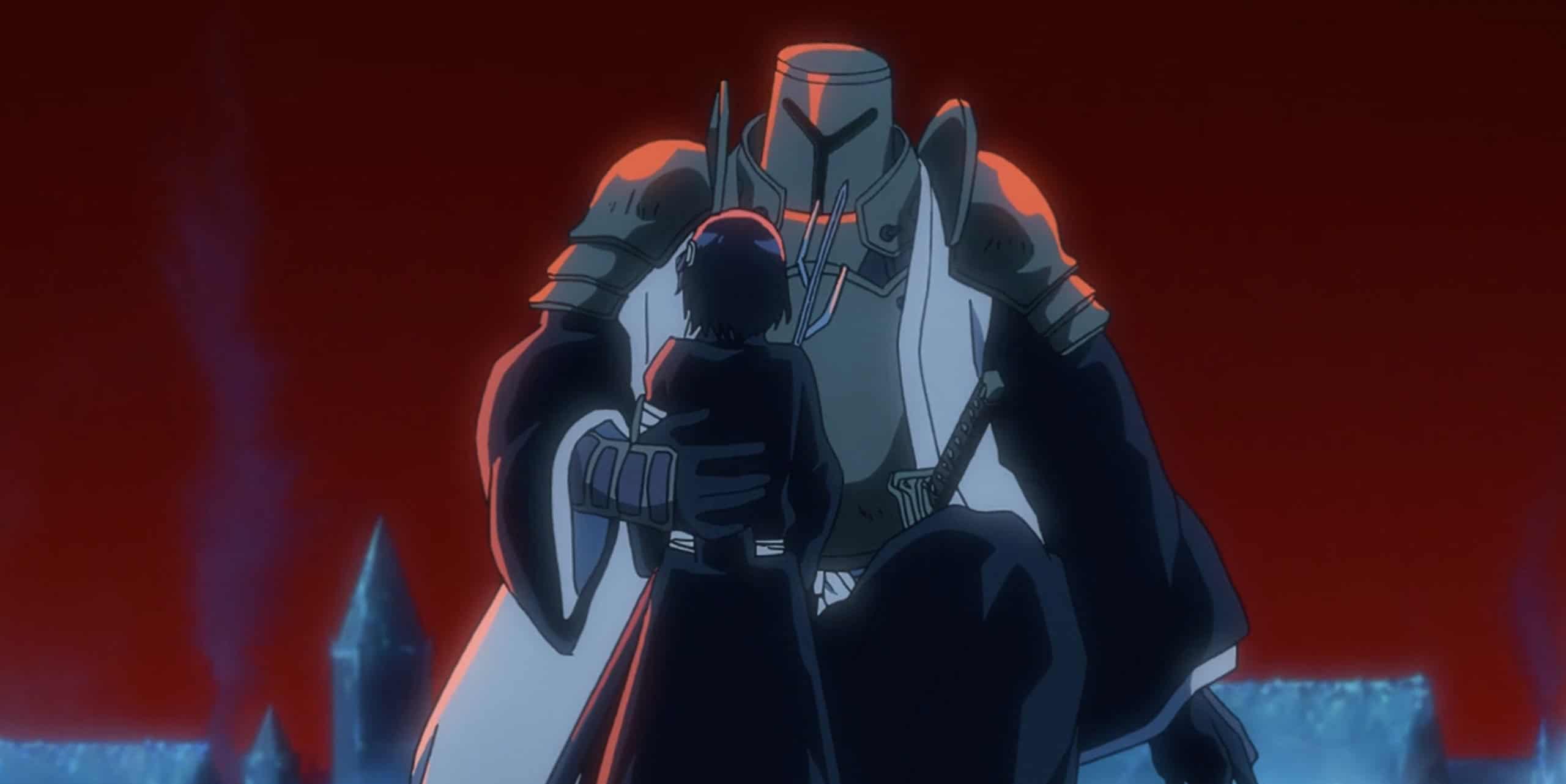
However, series creator Tite Kubo himself stated the omitted scene was rightfully cut, as its gratuitous nature would have disrupted the flow and tone of the adaptation.
Yet rather than accept the respected mangaka’s artistic decision, a faction of fans still chose to harass and send death threats to Studio Pierrot animators over leaving it out.
In their mind, the animation quality was mediocre and unfaithful anyway. But attacking individual artists is no way to critique an anime.
These animators expend tremendous effort bringing beloved panels to life, often for little pay. And though episodes face production challenges, threatening real people behind a screen demonstrates immaturity and lack of empathy. There are proper channels for commentary without resorting to verbal abuse.
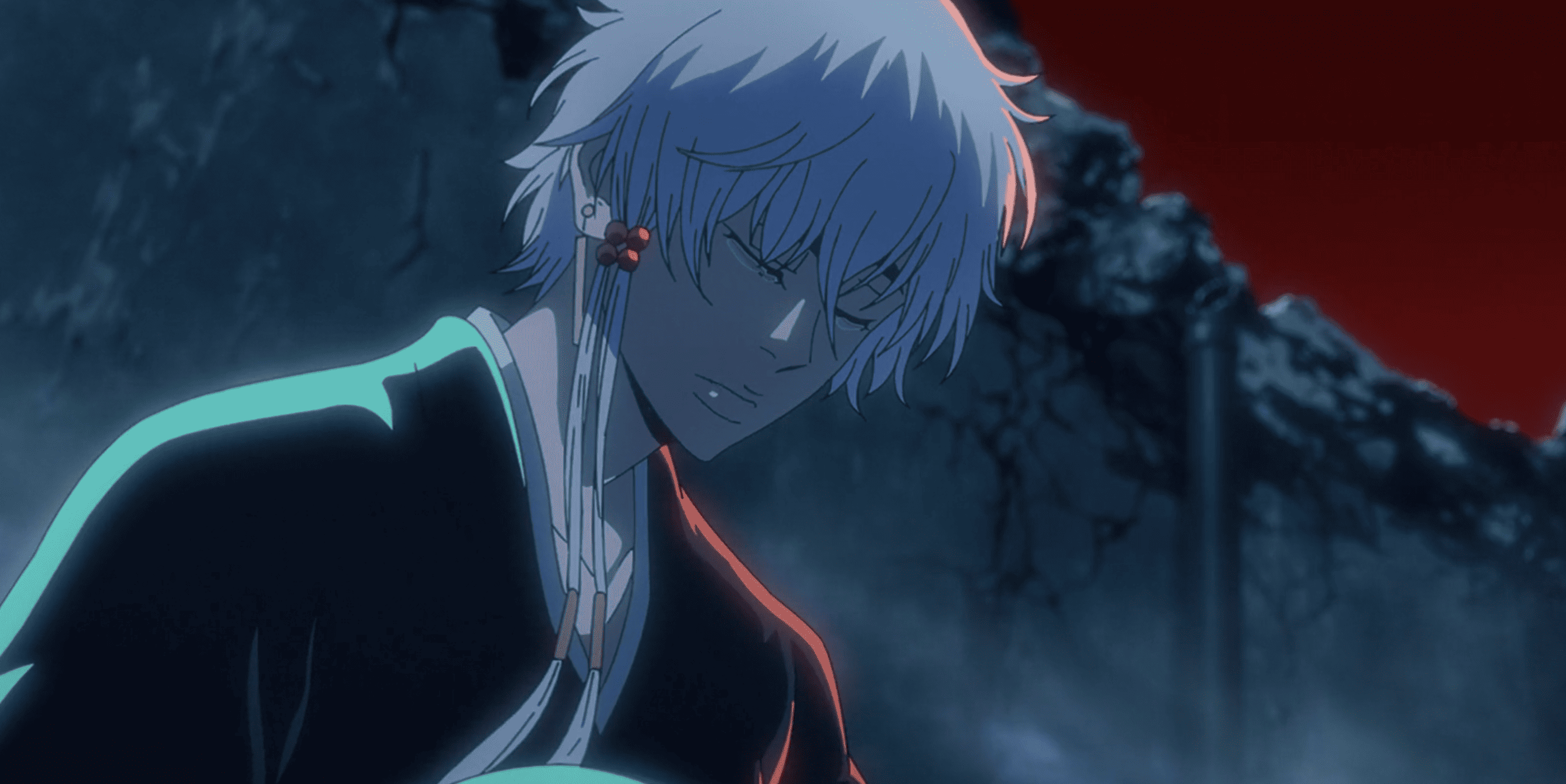
Hopefully, the reaction makes Tite Kubo’s choice crystal clear: the anime is better without overt objectification distracting from characters like Orihime.
The toxic fans should reflect on how their actions affect real human beings before claiming superiority over artists sacrificing for the fans’ enjoyment each week.
Going forward, constructive criticism over “mid” animation would be better directed at studios and production committees rather than individual animators doing their best.


